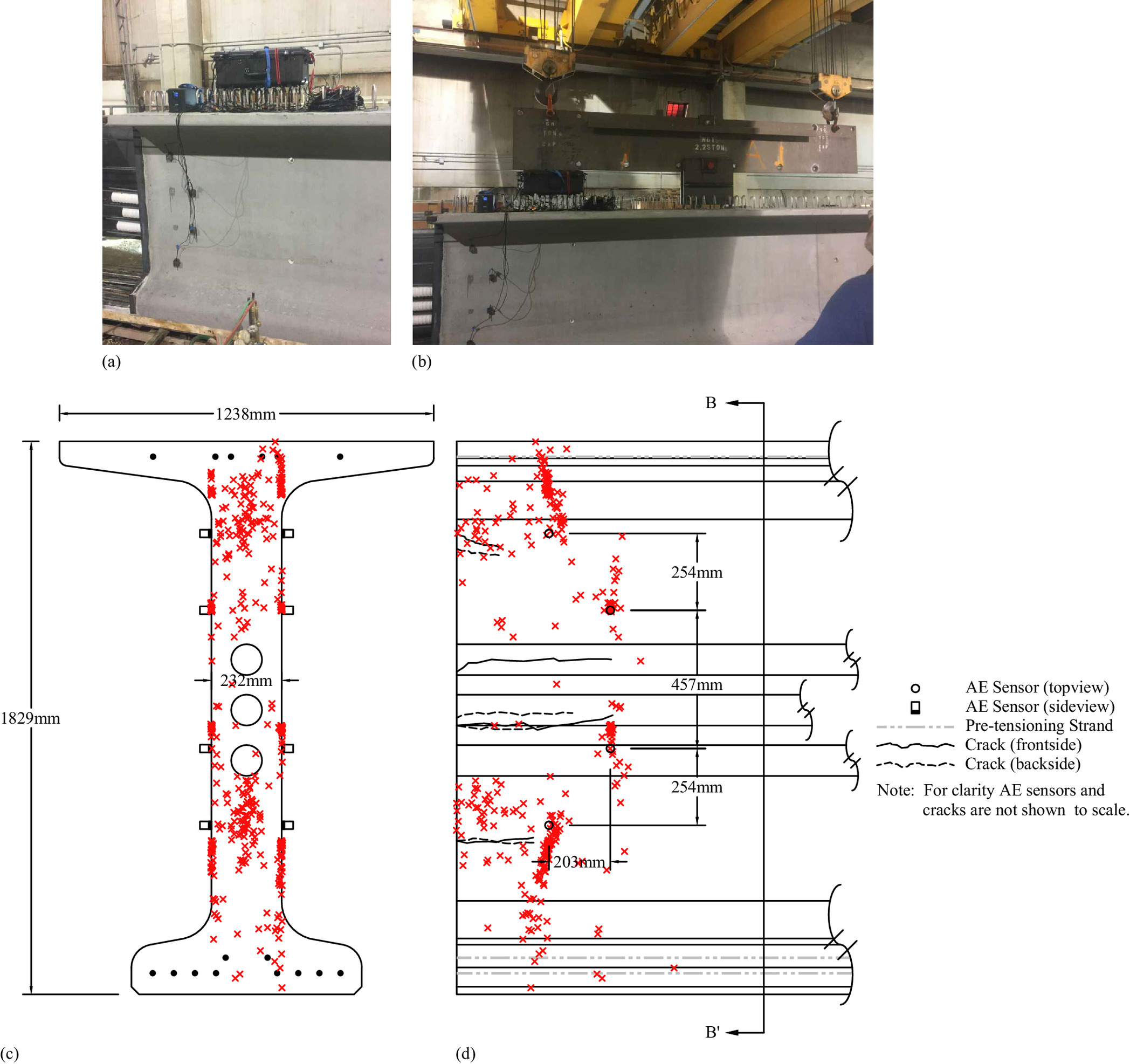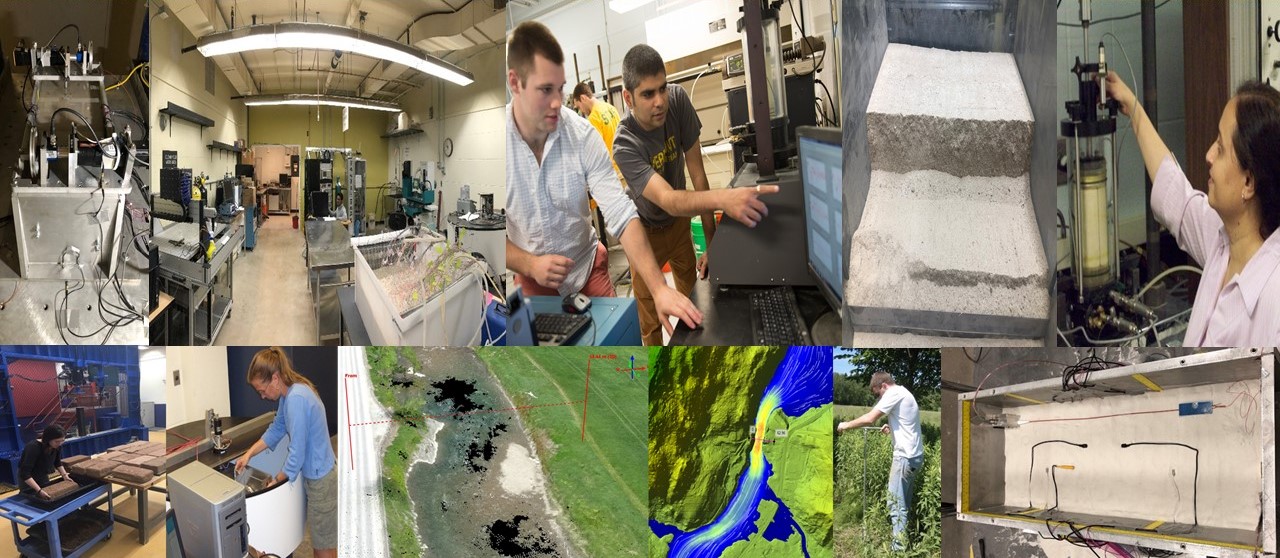
Geotechnical & Geoenvironmental Engineering
Professor Dewoolkar has over 25 years of experience as a researcher, consultant and educator. He specializes in geotechnical and geoenvironmental engineering. His research involves applying physical and numerical modeling and field and laboratory testing techniques to study effects of environmental loadings, hazards and extreme events on natural and human-made materials, structures and systems. His research is interdisciplinary and he routinely collaborates with structural, environmental, transportation, mechanical, aerospace and electrical engineers; hydrologists; geographers; geologists; historic preservationists; statisticians; and education and social scientists. He is UVM’s Sustainability Fellow, Service Learning Fellow, and the Fellow of Gund Institute for Environment.
Professor Dewoolkar’s research has been funded by a variety of agencies including the National Science Foundation, Defense Threat Reduction Agency, Los Alamos National Laboratory, National Park Service, US Department of Transportation, US Department of Agriculture, National Center for Preservation Technology and Training, Vermont Space Grant Consortium, and Vermont Agency of Transportation and Agency of Natural Resources.
Contact Info
Office: Votey Hall 213A
Phone: (802) 656-1942
Email: mdewoolk@uvm.edu
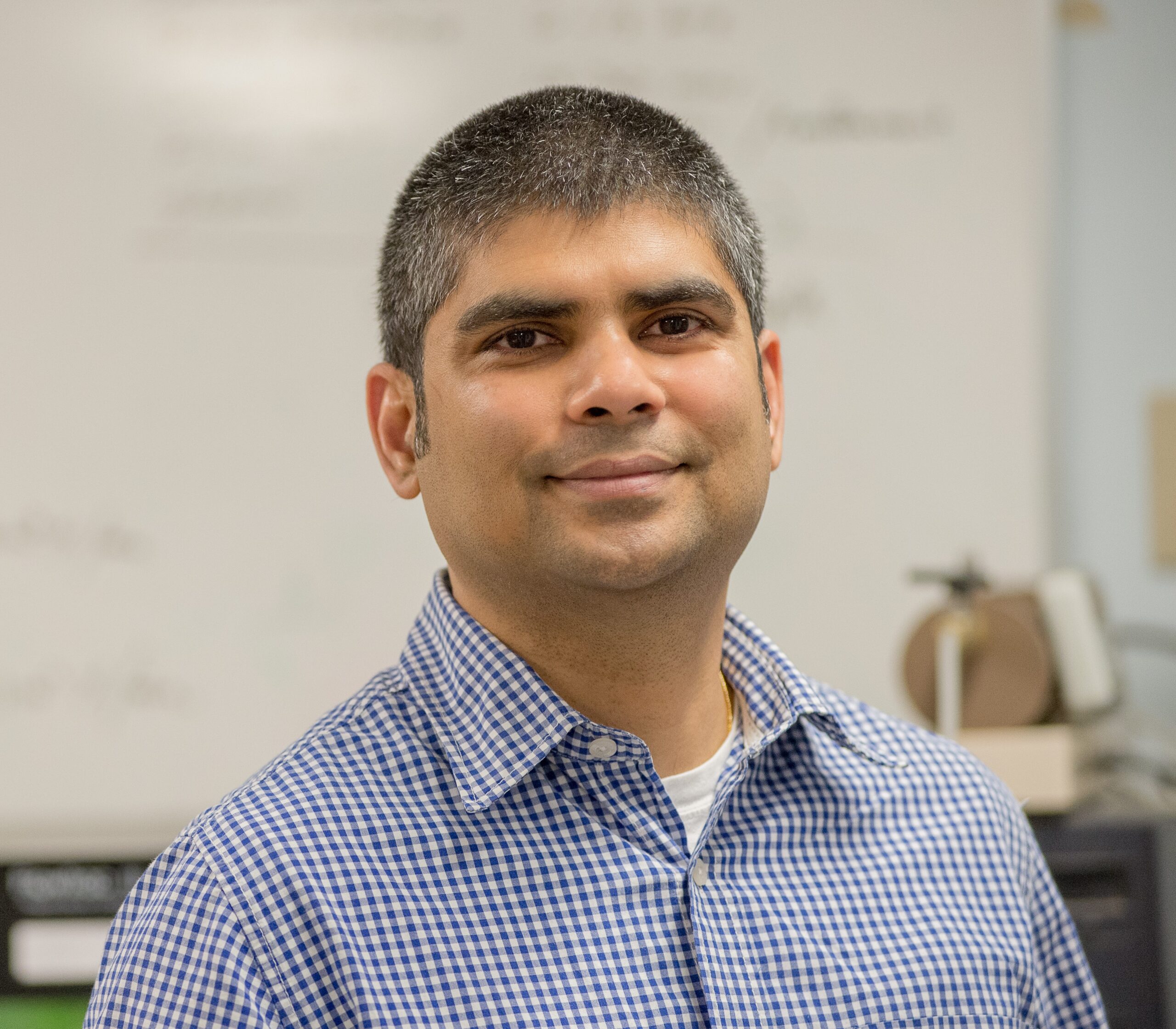
Education
- Ph.D., University of Colorado, Boulder
- M.Tech., Indian Institute of Technology
- B.E., University of Mumbai
Industry Experience
As a geotechnical engineer/project manager with GEI Consultants Inc., Englewood, Colorado (2000-2003), Dr. Dewoolkar was responsible for over a dozen projects involving analysis, design, and retrofitting of dams and reservoirs, lined water storage facilities, and canals. Since then, he has been engaged in consulting with a number of engineering firms in Colorado and Vermont, Vermont Agency of Transportation, Vermont Agency of Natural Resources, and Earthquake Engineering Research Institute.
Recent Publications
Geotechnical and Geoenvironmental Engineering
Worely, II, R. L., Jarrar, Z. A., Alshibli, K., and Dewoolkar, M. M. (2022), “Suitability of split box direct tension testing for measuring tensile strength of regolith simulants,” J. of Aerospace Engineering, 36(1), link.
Chen, J., Olson, S. M., Banerjee, S., Dewoolkar, M. M., and Dubief, Y. (2022), “Water content of moist-tamped nonplastic specimens for constant-volume direct simple shear testing,” Technical Note, Geotechnical Testing Journal, 45(2).
Hamshaw, S. D., Engel, T., Rizzo, D. M., O’Neil-Dunne, J., and Dewoolkar, M. M. (2019), “Application of unmanned aircraft system (UAS) for monitoring bank erosion along river corridors,” Geomatics, Natural Hazards and Risk, 10:1, 1285-1305. link.
Oka, L. G., Dewoolkar, M. and Olson, S. M. (2018), “Comparing laboratory-based liquefaction resistance of a sand with non-plastic fines with shear wave velocity-based field case histories,” Soil Dynamics and Earthquake Engineering, 113, 162-173, link
Frolik, J., Lens, J. E., Dewoolkar, M. M., and Weller, T. M. (2018), “Effects of soil characteristics on passive wireless sensor interrogation,” IEEE Sensors Journal, 18(8), 3454-3460, link.
Hayden, C., Purchase-Sanborn, K., and Dewoolkar, M. M. (2018), “Comparison of site-specific and empirical correlations for drained residual shear strength,” Geotechnique, 68(2), 1099-1108.
Dewoolkar, M. M., Edwards, M. B., and Walsh, D. (2018), “Strength and stiffness characterization of lunar simulant GRC-3,” Journal of Aerospace Engineering, 31(4): 04018024.
Natural and Built Infrastructure & Hazard Assessment
Worley, L.C., Underwood, K. L., Vartanian, N. L. V., Dewoolkar, M. M., Matt, J. E., and Rizzo, D. M. (2022), “Semi-automated hydraulic model wrapper to support stakeholder evaluation: A floodplain reconnection study using 2D hydrologic engineering center’s river analysis system,” River Research and Applications, 38(4), p.799-809, link.
Huston D. R., Worley II, R. L., Dewoolkar, M. M., Pereira, M., (2021) “Acoustic emission monitoring of prestressed girders during fabrication and transport” American Concrete Institute Structural Journal. 118(2), DOI 10.14359/51728176.
Lens, J., Dewoolkar, M., and Hernandez, E. (2021), “System-wide seismic vulnerability of aging multiple-span multiple-girder bridges in low-to-moderate seismic hazard regions, ” Earthquake Spectra, 37 (1_suppl), 1626-1651.†
Underwood, K., Rizzo, D. M.; Dewoolkar, M. M., and Kline, M. (2021), “Analysis of reach-scale sediment process domains in glacially-conditioned catchments using self-organizing maps,” Geomorphology, 382, 107684, link.
Anderson, I., Hanley, J., Rizzo, D. M., Huston, D. R., and Dewoolkar, M. M. (2020), “Evaluating damage to Vermont bridges by Hurricane Irene with multivariate bridge inspection and stream hydrogeologic data,” Journal of Bridge Engineering, 25(10), link.
Trueheart, M., Dewoolkar, M. M., Rizzo, D. M., Huston, D., and Bomblies, A. (2020), “Simulating hydraulic interdependence between bridges along a river corridor under transient flood conditions,” Science of the Total Environment, 699, 134046, link.
Worley II, R., Dewoolkar, M., Xia, T., Farrell, B.; Orfeo, D., Burns, D., and Huston, D. (2019), “Acoustic emission sensing for crack monitoring in prefabricated and prestressed reinforced concrete bridge girders,” Journal of Bridge Engineering, 24(4), 04019018.
Worley II, R., Dewoolkar, M. M., Xia, T., Pereira, M., Farrell, R., Orfeo D., Burns, D., Huston, D. R., (2019) “Structural health monitoring of prefabricated and prestressed reinforced concrete northeast bulb tee girders during fabrication and transport using acoustic emission technology” Journal of Acoustic Emissions, Vol 36, pp S118-S123.
Interdisciplinary
Rao, S., and Dewoolkar, M. M. (2021), “Portrayal of Engineers and Engineering in United States Broadcast Network Television Evening News Media,” Journal of Civil Engineering Education, 147(3), link.
Liu, Z., Worley II, R., Du, F., Giles, C., Dewoolkar, M., Huston, D., Tan, T. (2021), “A study on avalanches of early-age basalt fiber reinforced concrete beams during flexure” Journal of Cleaner Production, 279, 123695, link.
Ampaw, E., Owoseni, T. A., Du, F., Pinilla, N., Obayemi, J., Hu, J., Nigay, P-M., Nzihou, A., Uzonwanne, V., Zebaze-Kana, M. G., Dewoolkar, M., Tan, T., and Soboyejo, W. (2019), “Compressive deformation and failure of trabecular structures in a turtle shell,” Acta Biomaterialia, 97, 535-543, link.
Hamshaw, S. D., Dewoolkar, M. M., Schroth, A. W., Wemple, B. C. and Rizzo, D. M. (2018), “A new machine-learning approach for classifying hysteresis in suspended-sediment discharge relationships using high-frequency monitoring data,” Water Resources Research, 54(6), link.
Group Members
Current graduate and undergraduate students:
Joy Onuh (PhD)
Pawan Babu Bastola (PhD)
Ryan van der Heijden (PhD, co-advisor)
Soham Banerjee (PhD)
Neha Subedi (MS, co-advisor)
Bismark Yeboah (MS, co-advisor)
Mohammad Abdul Qader (MS, co-advisor)
Agusten Hoen (BS)
Ben Kopacki (BS)
Graduated students:
Kathryn Purchase (MS, 2008)
Lindsay George (PhD, 2009)
Connor Hayden (Honors, 2009)
Jaron Borg (MS, 2010)
George McCain (MS, 2010)
Cabot Savidge (MS, 2010)
Laura Townsend (Honors, 2010)
Mark Suozzo (MS, 2011)
Lalita Oka (PhD, 2012)
Ian Anderson (MS, 2012)
Brian Gomez (MS, 2013)
Sebastian Downs (Honors, 2013, co-advisor)
David Grover (MS, 2014)
Michael Edwards (MS, 2014)
Daniel Hagan (MS, 2014, co-advisor)
Peter Smiar (MS, 2016)
Matt Brand (MS, 2016)
Laura Obregon (MS, 2017)
Ian Anderson (PhD, 2017)
Robert Farrell (MS, 2018, co-advisor)
Robert Worley II (MS, 2018)
Kristen Underwood (PhD, 2018, co-advisor)
John Lens (PhD, 2019)
Peter Larson (MS, 2019)
Matthew Trueheart (MS, 2019)
Rachel Seigel (MS, 2021)
Robert Worley II (PhD, 2022)
Brandon Nimberger (MS, 2022)
Colin Palmer (MS, 2022)
Fiona Nutbeam (MS, 2022, co-advisor)
Postdocs:
Dr. Changfu Wei
Dr. Liangbo Hu
Dr. Scott Hamshaw (co-advisor)
Research Highlights and News
My Master’s student Rachel Seigel received the 2020 Outstanding Student of the Year award by the Transportation Infrastructure Durability Center (TIDC) at the University of Maine. She also received the Judges’ Award for the Best Poster at TIDC Second Annual Student Poster Contest. Rachel, with Professors Bomblies, Rizzo and I, is quantifying the dynamic interactions between a river and its surrounding infrastructure, particularly bridges, under highly uncertain, transient conditions to help assess a number of flood mitigation strategies including floodplain reconnection using two-dimensional hydrological models.
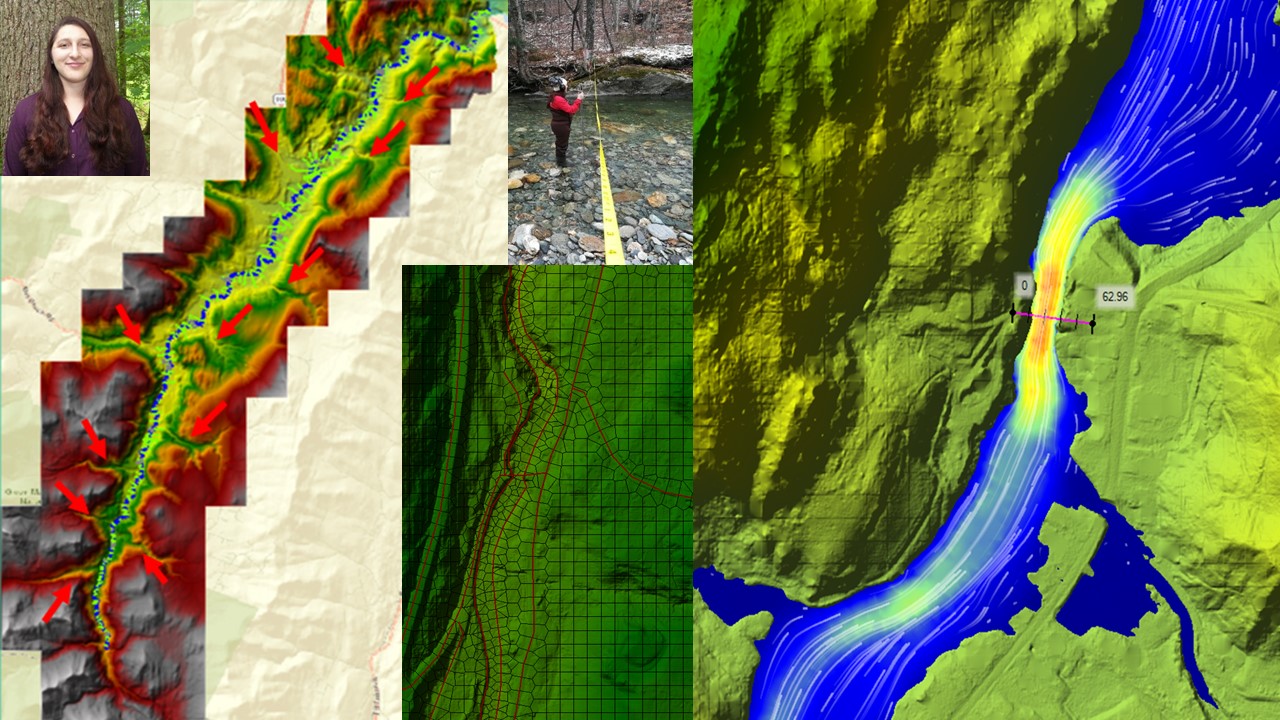
My PhD student Soham Banerjee, along with Prof. Dubief, is using computational fluid dynamics (CFD) modeling to study the strength of liquefied soils. His modeling uses a series of centrifuge and 1g tests for validation. Centrifuge tests are performed at the University of California at Davis, and this project is in collaboration with Prof. Scott Olson and his PhD student Jiarui Chen of the University of Illinois at Urbana Champaign.
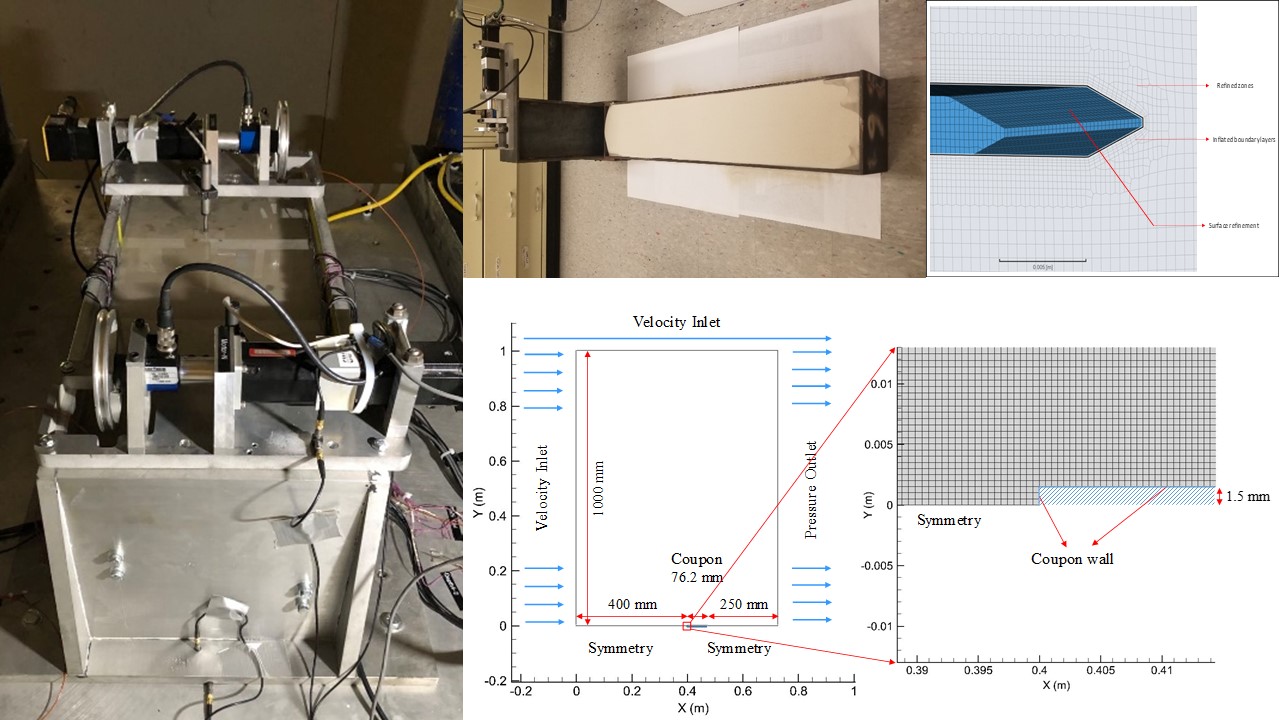
My PhD student Bobby Worley’s paper based on his MS work with Prof. Huston and I was included by the Journal of Bridge Engineering in their special issue on Accelerated Bridge Construction.
https://ascelibrary.org/doi/10.1061/%28ASCE%29BE.1943-5592.0001377
